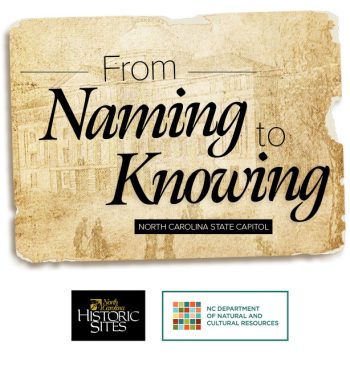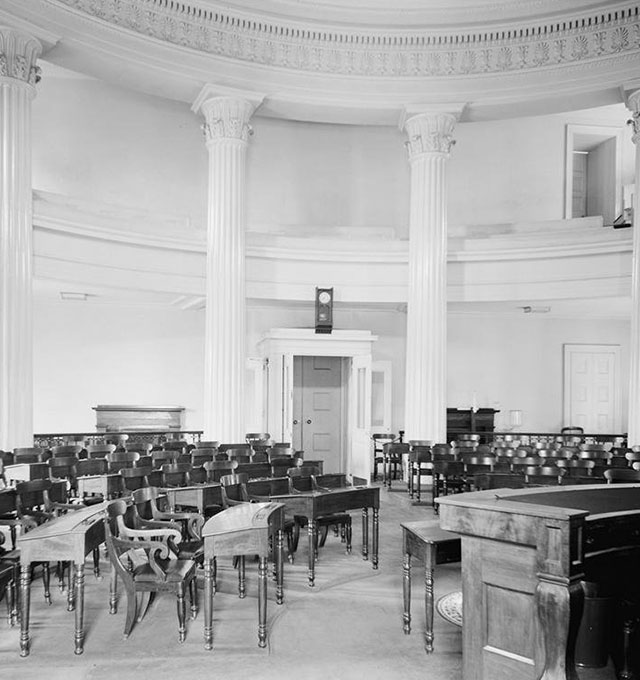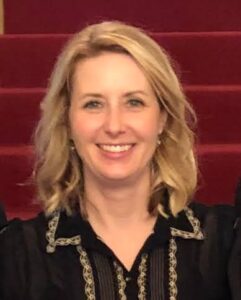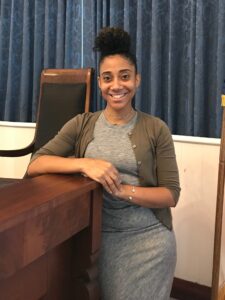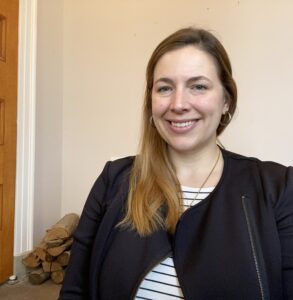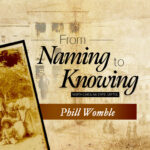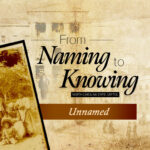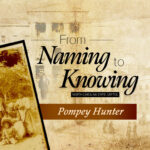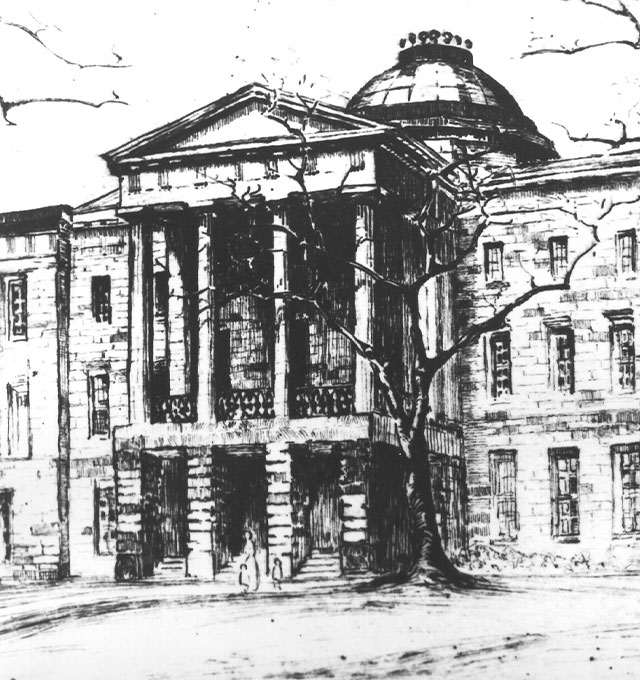
Following the relocation of the North Carolina General Assembly in the 1960s and a major restoration of the building to its mid-19th century appearance in the 1970s, the Capitol’s historic interpretation centered architecture and an antebellum and Civil War narrative without mention of slavery or the enslaved African Americans involved in the building’s construction and care. Over the past fifteen years or so, the interpretation evolved to include enslaved people, but few specifics were known. In December 2019, our primary team began working extensively on this project – to name, research, and document the enslaved men and women who were connected to the Capitol’s construction and maintenance. The project team consists of three Capitol staff members: Site Administrator Terra Schramm, Tour Coordinator Natalie Rodriguez, and Museum Curator Kara Deadmon (see below for more information on us as individuals).
No matter how little is known about an individual, we wish to name them and honor their humanity and contribution to the Capitol.
Today, in addition to housing the Office of the Governor, the Capitol functions as a State Historic Site, administered by the North Carolina Division of State Historic Sites and Properties, under the North Carolina Department of Natural and Cultural Resources.
As our team dove into this project, we tried to locate each enslaved person in every known archival and historic resource. Because of the privileged nature of historical documents – official records were kept primarily by White people, who themselves were often enslavers – our research often yielded only snippets or passing mentions of enslaved people. In addition to records in the State Archives of North Carolina, our team searched United States census records, runaway slave ad databases, property deeds, period newspapers, wills and probate records, and other digitized repositories. We reached out to our colleagues in the field to see if they recognized any known names. Throughout this research, we found a great deal of information about a dozen or so individuals, and we began synthesizing that information into narratives – these are the “stories” presented on the website. It is the project’s mission to eventually create narratives for every named individual.
Our team is committed to continuing to research these individuals and the nature of slavery at the Capitol, adding new information as it is located. It is likely we will never find complete biographical information for some of the individuals we name. No matter how little is known about an individual, we wish to name them and honor their humanity and contribution to the Capitol. If you have relevant information, questions, or concerns about this project, please contact us.
This project is not currently complete and will likely never be “finished.”
Others beyond our primary team contributed significantly to this project. The Capitol team would like to thank Malia Lyles for her work on this project. Malia was an intern with the Capitol during the summer of 2022 and tirelessly cataloged and digitized information found in archival resources.
We also thank Nicklaus Courmon. Nick was an intern with the Capitol during the summer of 2019 and continued to work for the Capitol in the years that followed his internship. Nick is a talented poet and spoken word artist, and his words have helped to ground and center us in this project. Thanks also to Demetrius Hunter, a community member, a descendant of Pompey Hunter, and an early sounding board for us in this work. Hearing Mr. Hunter’s experiences uncovering his own family’s genealogy was very impactful for members of our team. We also thank our many friends and colleagues in the history and museum community for their ongoing support, advice, and expertise.
Meet the Primary Team
Terra Schramm
Public Information Officer, NC State Historic Sites
As of 2024, Terra became the Public Information Officer for the NC Division of State Historic Sites. When working on this project, Terra was the Site Administrator for the North Carolina State Capitol, She oversaw the museum functions of the Capitol and led a small but mighty team in bringing North Carolina history to the people through public programs, exhibits, and onsite visitor services. She holds a BS and MA degree in Public History from East Carolina University and NC State University, respectively. Prior to her role at the Capitol, Terra managed the tour program at the NC Executive Mansion. She has also worked at Mordecai Historic Park, Historic Oak View County Park, and the May Museum in Farmville, NC. Email Terra
Natalie Rodriguez
Associate Director, NC African American Heritage Commission
As of 2024, Natalie Rodriguez became the Associate Director of the NC African American Heritage Commission. When working on this project, Natalie was the Tour Coordinator at the North Carolina State Capitol, and her responsibilities included planning and implementing educational programs. Natalie attended the historically Black university, North Carolina Central University, for her undergraduate career and earned her B.A in History. She attended North Carolina State University’s Master program and earned her M.A. in Public History. She has interned with the National Park Service, The Greening Youth Foundation, and the North Carolina Department of Natural and Cultural Resources. While working at these institutions she became familiar with interpretation, collections, archives, and program planning. She has presented in the North Carolina African American Association of Museums and the North Carolina Museum Council’s Conference, and the Southeastern Museum Conference (SEMC). Natalie was also part of the first class to graduate from the SEMC Leadership Institute Fall of 2020. Email Natalie
Kara Deadmon
Museum Curator, NC State Capitol
Kara Deadmon (she/her) is currently the Museum Curator at the North Carolina State Capitol. She holds a BA in history from Pfeiffer University and an MA in public history from the University of North Carolina Wilmington. Prior to beginning at the Capitol, Kara was the Assistant Site Manager at the Charlotte Hawkins Brown Museum. In 2013, she was the recipient of the Margaret T. Burroughs and Charles H. Wright Fellowship at the Association of African American Museums conference. In 2019, she attended the Smithsonian Institution: Interpreting African American History & Culture Workshop, and she is a Certified Interpretive Guide with the National Association of Interpretation. At the Capitol, Kara focuses on a more inclusive historic narrative: interpreting the Capitol’s antebellum use of enslaved labor, emphasizing marginalized voices through exhibits, and continuing to contextualize the legacies of White supremacy present in the space. Email Kara
